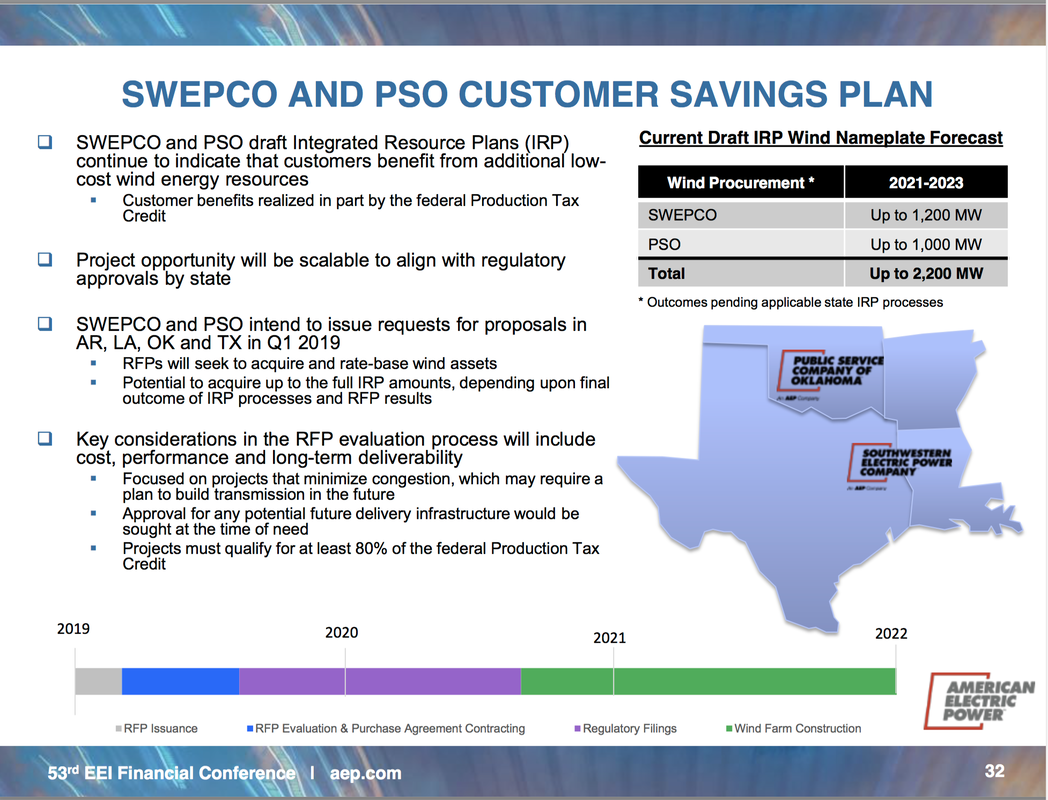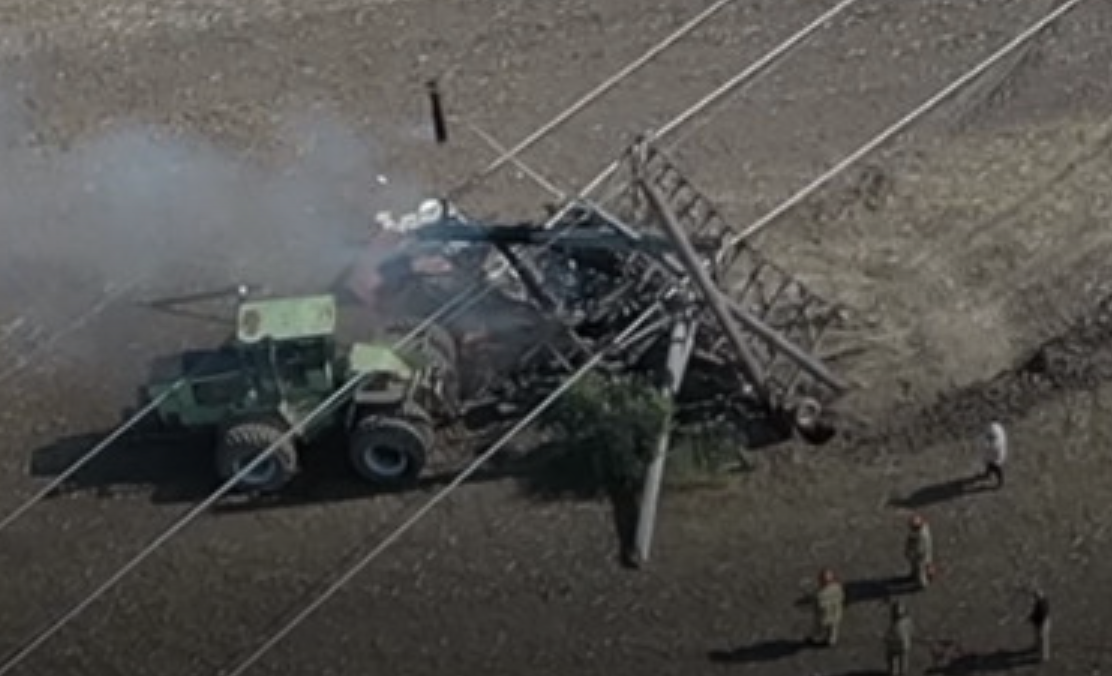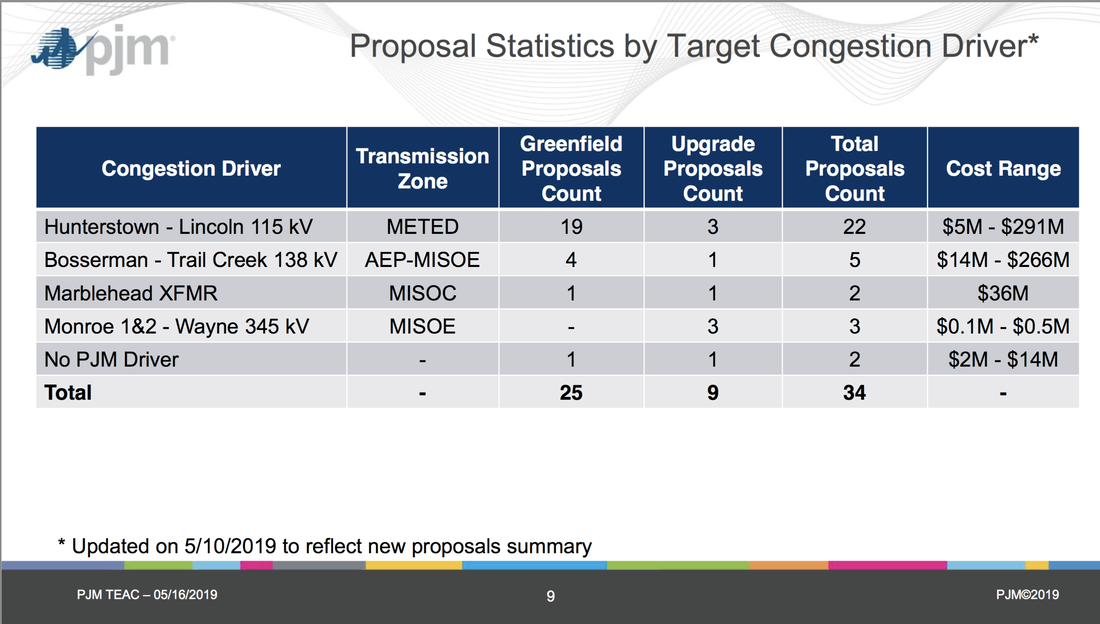In a totally unsurprising move yesterday, the Kansas Corporation Commission approved the settlement between KCC Staff and Invenergy/Clean Line that green lights the sale of Grain Belt Express.
Last night, I had a dream.
Some important guests entered the soiree via the unassuming facade of the KCC. There, arrivals grabbed Invenergy's smoked chicken tostadas and lavender lemonade cocktails before venturing underground to tour the private lairs of KCC Commissioners.
Later the brightly-hued mob - dressed in-theme with the "Color Outside the Lines" motif - headed into a rainbow-lit tent for dinner. Fuchsia, cobalt and neon streamer-centerpieces zig-zagged from tabletops to the ceiling. Roasted root vegetables with truffle pea puree were plated to match.
The casually A-list throng including Kris Zadlo, Amber Smith, Cole Bailey, Glenda the Good Witch, Justin Grady, Leo Haynos, and Michael Skelly happily dug into their beef tenderloin and vanilla panna cotta.
Post-dessert, KCC chair emeritus Dwight D. Keen auctioned off two inaugural entertaining opportunities: choice of a cocktail party inside the KCC catered by Clean Line featuring a Houston Grand Opera private recital with food and libations by the affected landowners, or a right-of-way clearing trip through Southern Kansas to transmit power from Invenergy's Wind Catcher project into AEP's Tulsa delivery point. Bids for the offers quickly swelled past the five-figure mark.
Soooooo.... Invenergy has all the approvals it needs to build Grain Belt Express in Kansas and Missouri, but it doesn't have a customer.
Or does it?
Another 6 weeks of blissful summer limbo before





 RSS Feed
RSS Feed